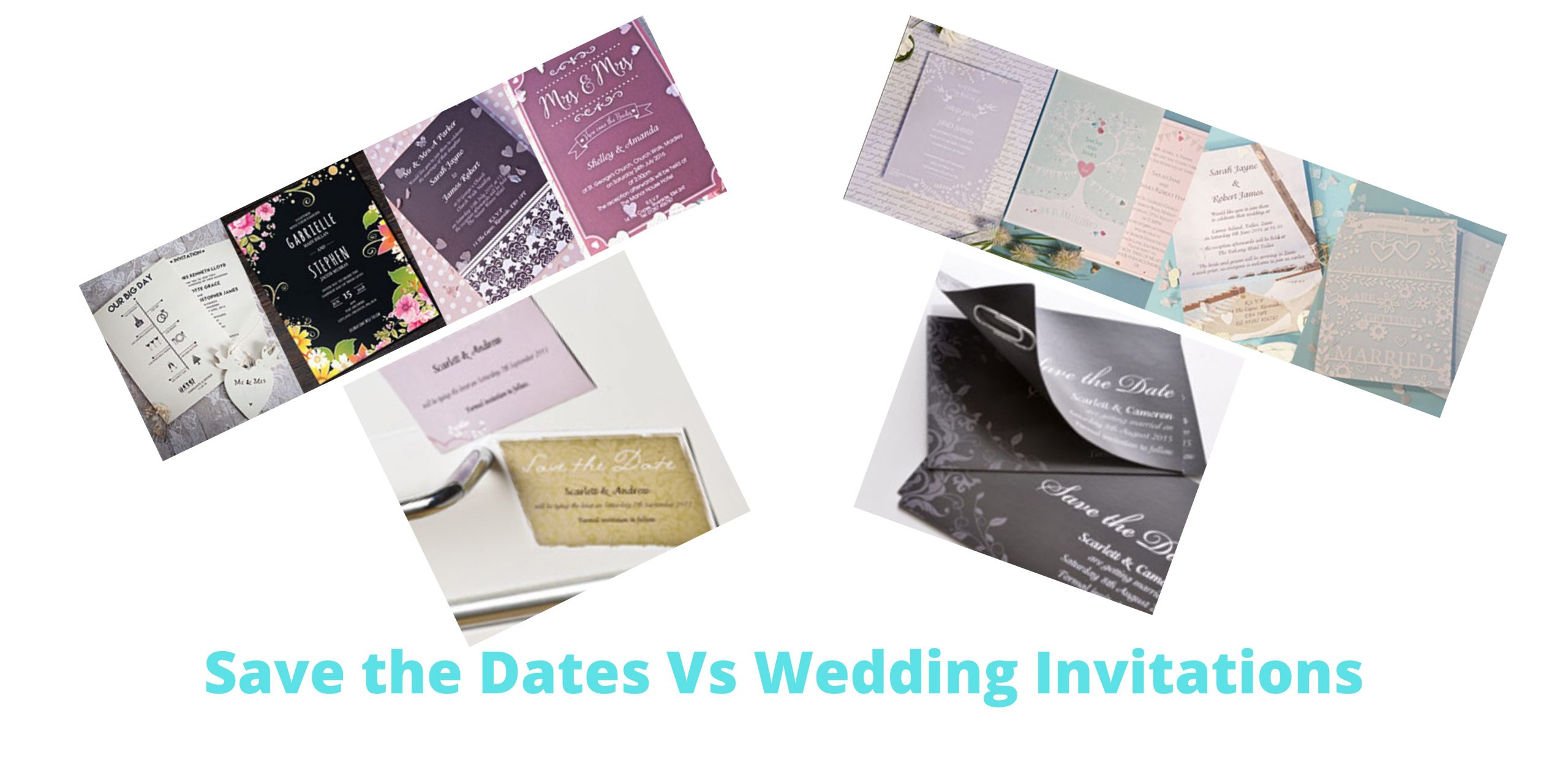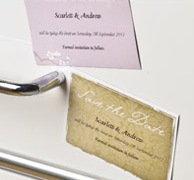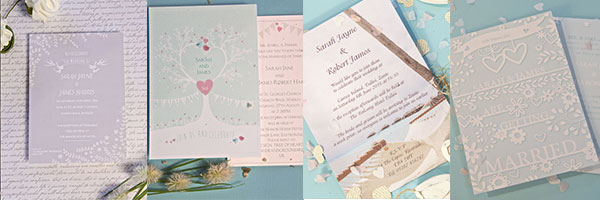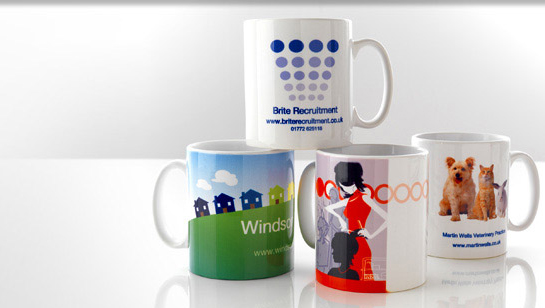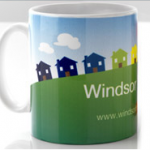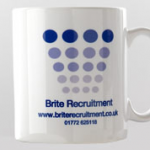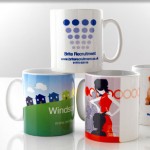Promotional products are everywhere these days – no doubt, you even own a few of your own, picked up from business fairs, markets, and promotional giveaways.
Whether it’s a tote bag, mug, fridge magnet or umbrella flaunting your company’s logo, promotional products are perfect for both attracting new customers, and keeping your business fresh in the minds of existing and past clients.
Not only are promotional products effective for larger companies, they’re also perfect for improving brand awareness and recognition for small and medium-sized businesses. But of course, you have to allocate funds within your advertising budget to order these products before you’ll start to see a return on your investment. And it’s also important that you know how to use such products effectively, so that they’ll make the biggest impact on your customer base and sales.
This guide will talk you through what exactly promotional products are, and give you some examples of how to use them. We’ll discuss how much promotional products cost, the benefits they may bring, and discuss whether the rewards are worth the investment.
What Are Promotional Products?
A promotional product is, in essence, any physical item that bears your company’s name, logo, or slogan. This could be a pen, a keyring, a flyer, a t-shirt – anything, really. It might be a one-use-only item, like a paper cup, or something that’s designed to last for years, such as a ceramic mug. The merchandise itself doesn’t have to bear any relation to the service or product that your company actually sells.
You might have seen businesses handing out promotional products at trade shows or conventions, giving them away as freebies to customers with their order, or using them as giveaway prizes.
Many people think that promotional products are something of a gimmick, or simply used as a token gesture of kindness – but that’s not the case. Multiple studies have shown that promotional products are an invaluable form of advertising that can help to draw in new customers, and retain the existing ones. They can even help to boost morale among employees of a company, and improve employee loyalty.
Examples of Promotional Products and How to Use Them
As you might have guessed, there are many different kinds of promotional products, available at a number of price points. For example:
• Flyers, leaflets and postcards are some of the cheapest promotional products. They’re so affordable that you can hand them out to passers-by, or hire a company to deliver them directly to homes as part of a local advertising campaign.
• Magnets and keyrings are a step up in terms of price, but also durability. They won’t be discarded as quickly, and are perfect handed out as freebies with an order, or at trade shows and business fairs.
• Drinkware such as glasses and mugs are designed to be used for many years, and make great gifts of thanks to longstanding clients and employees. While they may be on the costlier side, they’ll be used by your customers and employees regularly, increasing your exposure and brand awareness. One marketing study found drinkware to be one of the most influential kinds of promotional product – a famous example being the iconic Sports Direct mugs.
• Clothing, bags and umbrellas are some of the longest-lasting and most effective promotional wares. They make great corporate gifts – the big benefit being that they’ll be taken outside, and be seen by the public!
The more hardwearing and high-quality the product, the longer it will last, and therefore the more expensive it will be to buy. But though these products may be pricier, they have the most usability and the longest lifespan – so they also have the most potential to help grow your business.
What Are the Benefits of Using Promotional Products?
The use of promotional products, gifts and merchandise will result in many tangible benefits for your business. Multiple marketing studies have shown that promotional products can:
• Increase brand awareness and identification. Your name and logo will be more easily recognised and remembered.
• Help improve brand image – change the way that people feel about your company. A study by the Advertising Specialties Institute found that people view companies who give them promotional items in an overwhelmingly positive light.
• Increase your company’s sales. A customer is more likely to do business with a company if they own their merchandise, rather than a competitor who sells a similar product or service.
• Increase employee morale, if your promotional products are given away to employees as a thank-you for their hard work.
• Keep your business fresh in the minds of past customers. A potential customer will look at a branded mug and see your logo every single time they drink from it. This is much more effective than, say, passing a billboard.
Don’t forget that your promotional products won’t just have an effect on those who own them, but also anyone who sees the product being used. For example, if someone is carrying around a tote bag bearing your company’s name, this might be seen by anyone who passes them in the street.
Will My Customers Actually Use or Keep the Product?
In short – yes. Obviously, not every (potential) customer will be interested in keeping a branded product in their home; they may have no use for it, or no room to store it. But studies show that the average consumer will keep a promotional product for an average of 7 months.
For more durable and practical products, such as umbrellas, this average increases to 14 months. All this time, not only will your potential customer be looking at your logo every time they use the product – but they’ll also be seen using it, either inside or outside the home.
Furthermore, over 50% of people who own a promotional product will give it away to someone else when they’re finished with it, rather than throwing it in the bin. This will further spread brand awareness!
To increase the likelihood that your customers will actually use your promotional products, take into account your target market. Try to offer the kinds of products that your particular audience will be most likely to use. For example, if your company is popular with the over-70s, USB drives and tech gadgets may not be a sensible choice – but things and mugs and umbrellas might be perfect.
How Much Do Promotional Products Cost?
The cost of any promotional product will vary depending, of course, on what kind of product it is. For example, our magnets start at £15.95 for a pack of 20 small magnets – that’s less than 80p each.
Our personalised mugs vary in price depending on whether you want a single image or a wraparound-style image, and how many mugs you order. The more you order, the more you’ll save – a pack of 200 single image mugs comes to just £4.26 per mug.
In general, products which cost more to purchase are:
• Larger
• Higher quality
• More durable
• Reusable
• Multi-purpose
• Designed to be used for a long period of time (months or years)
Though a personalised coffee mug might be more expensive than a branded paper cup, for example, it will have a more lasting impression on the owner (whether that’s a customer or an employee), and will therefore generate more sales and interest in your company.
How Do I Know I’m Getting a Good Return on Investment?
Promotional products offer a greater return on investment than traditional types of advertising (such as newspaper ads and billboards). In terms of cost per impression (CPI), promotional merchandise is the most cost-effective form of advertising, at around 0.5p per impression.
A 2014 study by the British Promotional Merchandise Association also found that:
• 96% of marketers who had tried promotional products thought they were worth the money, in terms of increasing brand awareness
• 73% of the public said that they would purchase from a company that had given them a promotional gift
Data also shows that many customers will also remember the brand on their promotional product for many years after they have thrown or given the item away.
In terms of your own business, the most direct way to monitor whether you’re getting a return on your investment is to closely monitor your sales, website views, searches and clicks, both before and after you roll out your new promotional merchandise.
How Do I Factor Promotional Products into My Advertising Budget?
As excited you may be at the prospect of rolling out your new promotional merchandise to your employees and customers, don’t go overboard. Make sure to factor in your spend on promotional products into your current advertising budget, to avoid overspending.
You may need to make some reductions in other methods of advertising, such as targeted online ads and promoted Facebook posts, in order to make room for your new ad specialties.
Think carefully about which promotional products you’ll need over the next 12 months when you begin your annual advertising budget. Start with products at a lower price point if you’re unsure.
Plan for a year’s worth of upcoming events, such as new product rollouts and seasonal sales. And be aware that it might take a while before you notice any additional revenue from your new products – but it will be worth it in the end.
Where Can I Order Personalised Promotional Products?
At 123Print, we offer a range of personalised promotional products including:
• Flyers
• Postcards
• Keyrings
• Magnets
• Mugs
• Stationery such as notepads, letterheads and rubber stamps
All of our products are fully customisable. You can select one of our templates to edit as you please, or create your own design entirely from scratch using our editor. Upload your own artwork (such as your company’s logo) for free, and choose a colour scheme and font that matches your business’s aesthetic.
You can order your promotional products in quantities of up to 2,000, and the more you order, the more you’ll save. With fast shipping, competitive prices and a 100% satisfaction guarantee, you’ve got nothing to lose!

